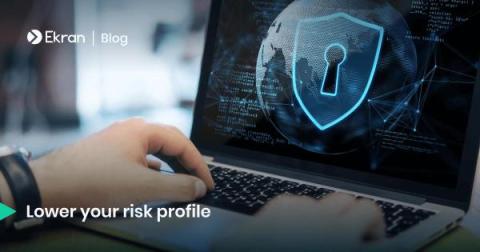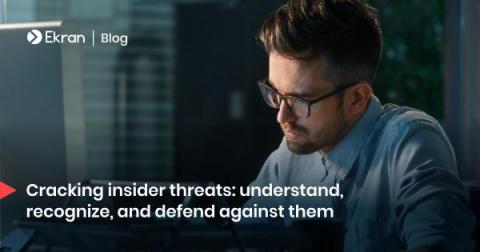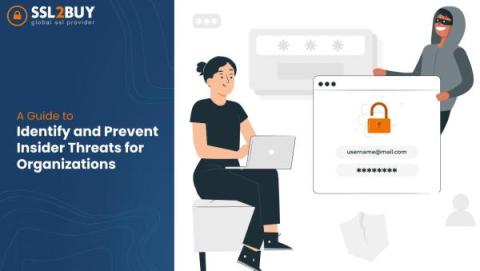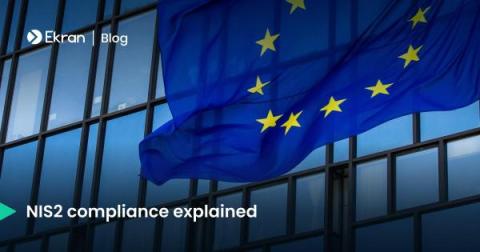Security | Threat Detection | Cyberattacks | DevSecOps | Compliance
Latest News
What Is an Insider Threat? Definition, Types, and Countermeasures
A Guide to Identify and Prevent Insider Threats for Organizations
An Insider Threat is a risk that can cause individuals with access to an organization’s systems, networks, or data to exploit that access for a malicious purpose. This threat can be caused by employees, contractors, business associates, or anyone with authorized access to assets of the organization.
5 Best Practices to Prepare for NIS2 Compliance
Insider Threat Risk Assessment: Definition, Benefits, and Best Practices
Is Santa an insider threat?
Is Santa an insider threat? He breaks into your home, consumes cookies, drinks milk/whisky and leaves a collection of items hidden behind highly decorated wrapping paper. Rumor has it that he can tell if you’re naughty or nice and is actively tracked by NORAD. Can we trust Santa with his elevated access? The answer is, of course, Yes, because we are all Santa. Santa is ultimate trusted Certificate Authority, entrusting intermediate trust to parents worldwide.
5 Levels of User Behavior Monitoring and Analytics
A Surge in Quiet and Loud Quitters Presents New Threats
According to the Gallup State of the Global Workplace: 2023 Report, worker stress is at an all-time high. While other issues related to the pandemic have subsided, stress is causing trouble for organizations, especially those with remote workers, where it is harder to spot issues. Where there is stress, there is risk. Employees make more mistakes and are more likely to intentionally create other problems for employers.











